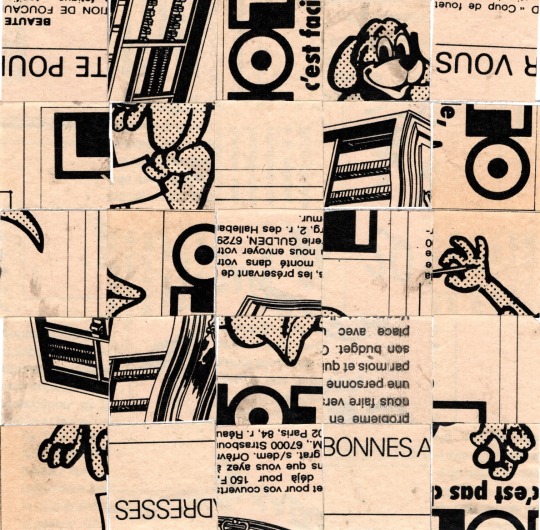#cubomanias
Text

Gherasim Luca - Collage
#gherasimluca#cubomanias#surrealillustration#collage art#artecontemporáneo#conceptualismo#poesia#deconstrucción
2 notes
·
View notes
Text
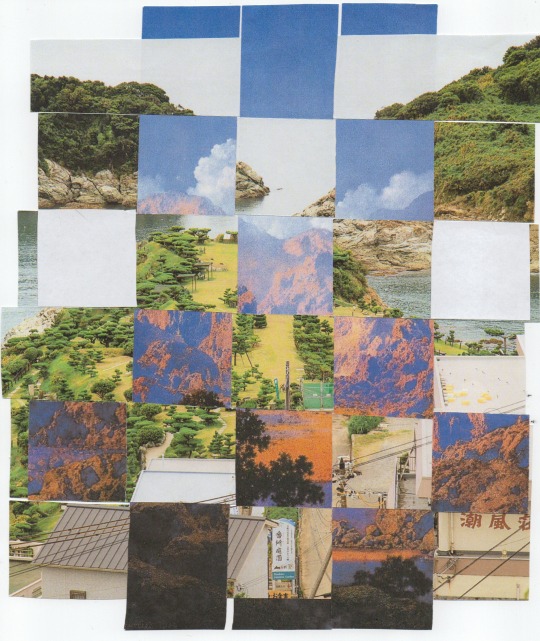
Maxfield visits Japan
20cm x 17cm, Cubomania and weaving
SOLD
20 notes
·
View notes
Text
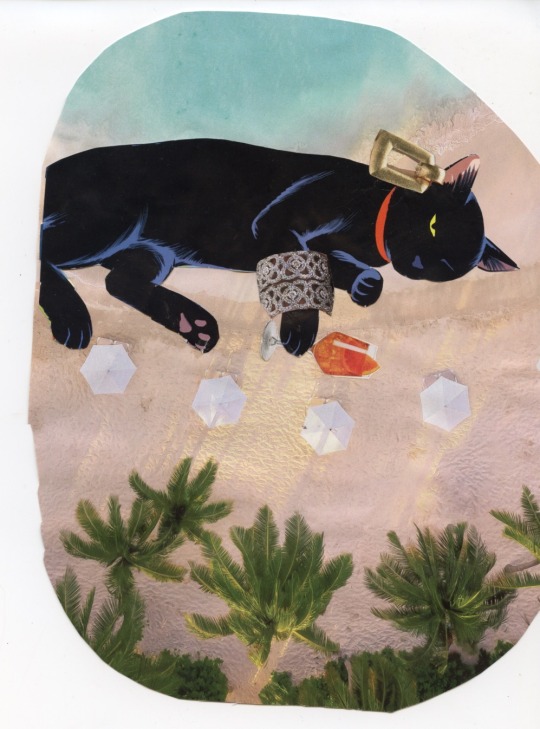
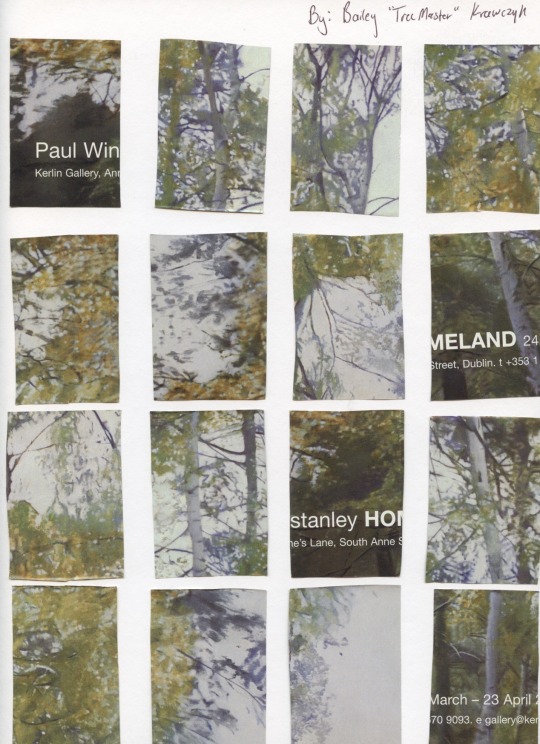
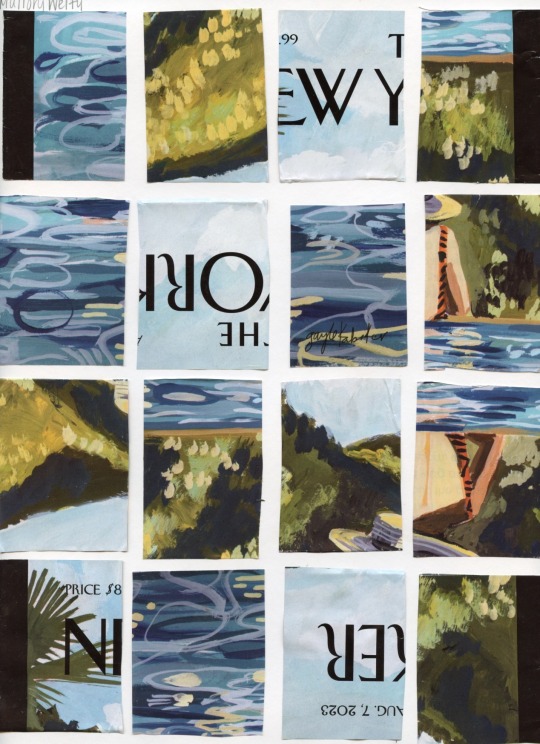

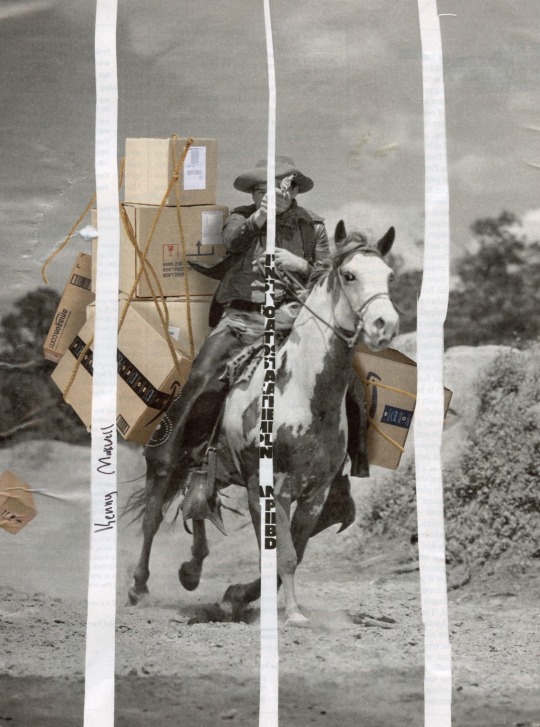
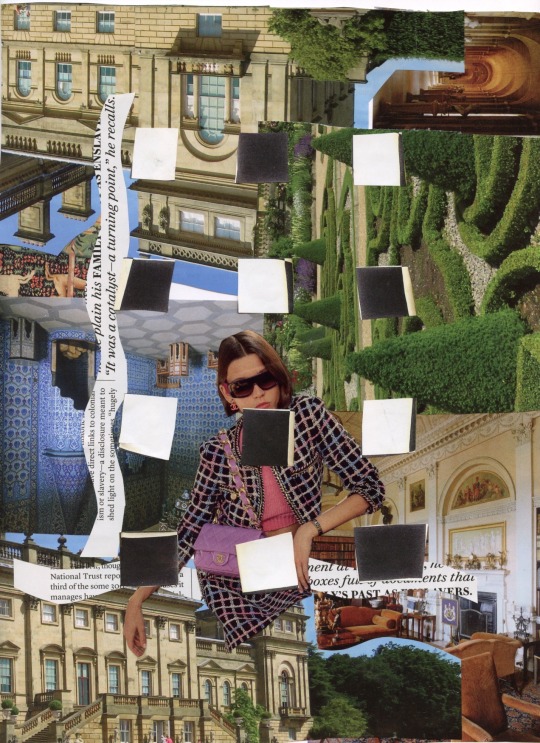
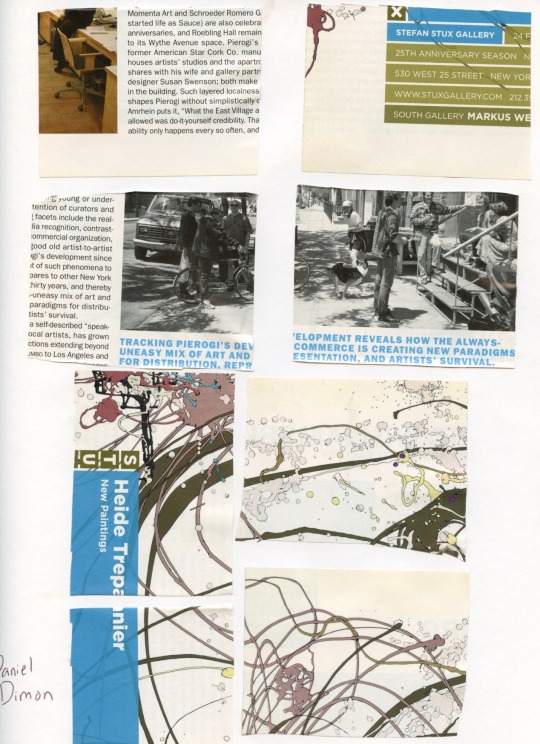


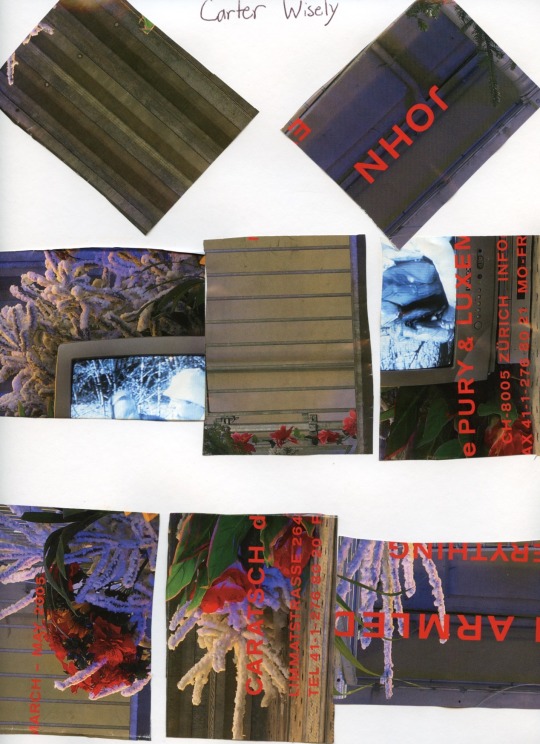

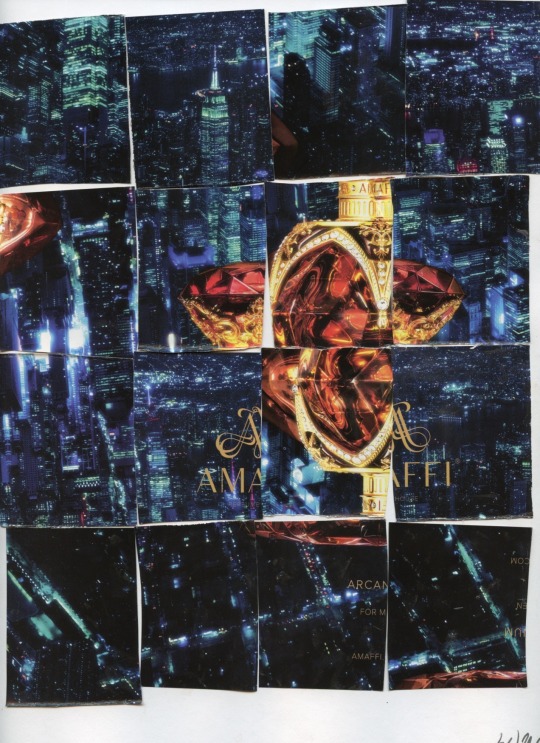
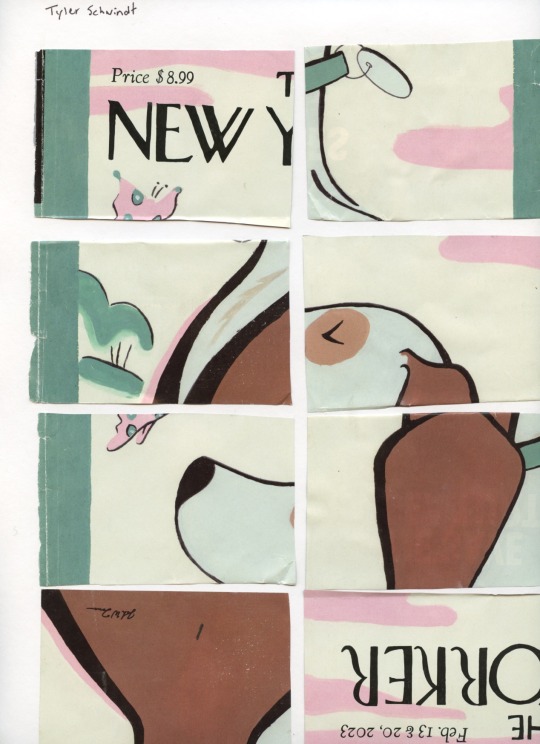

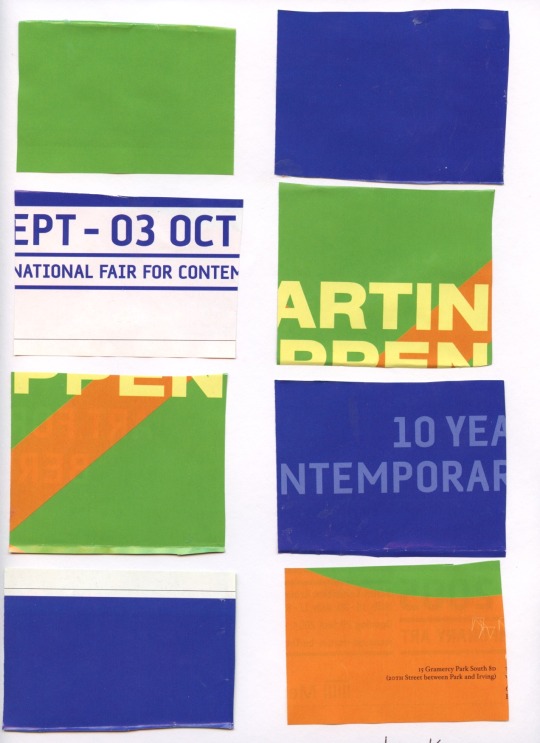

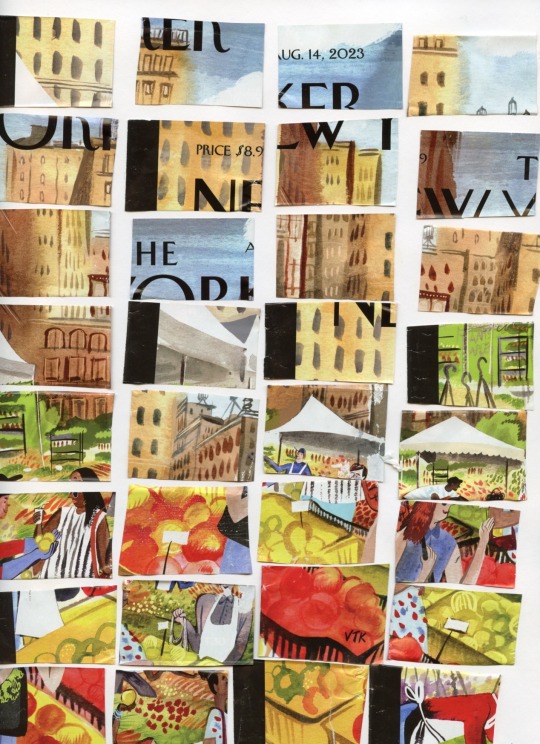


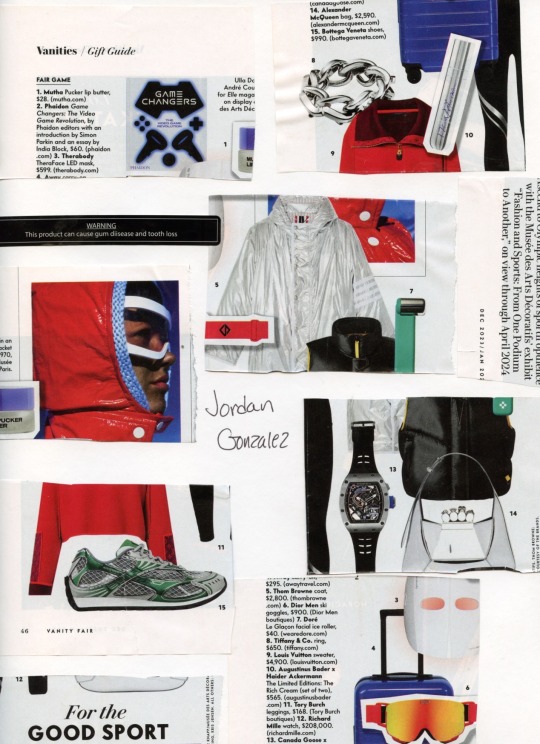


We will create a collage in class using the Surrealist method CUBOMANIA: an image is cut into squares, then reassembled automatically. with intention, or at random, to form a new composition. Random organization introduces the element of chance into our composition.
The process:
Choose a pre-existing image: magazine cover, magazine page, or photo (or YOUR OWN drawing)
Fold in half; fold in half again and again to provide lines for cutting the cube shapes.
Cut "cube"shapes using the fold lines as a guide. Arrange them first by laying out the image as you found it, but allow for a small space between pieces. Next, try moving pieces; turn some upside down. Randomly choosing pieces is a surrealist technique that encourages us to make connections even when an image is disrupted by cutting and rearranging. This kind of selection is an "aleatoric" (depending on the throw of a dice or on chance; random) strategy used in composition.
Once you are satisfied, glue the cubes down. Write your name on the art work to identify it. We will walk around to view and discuss all collages.
0 notes
Photo
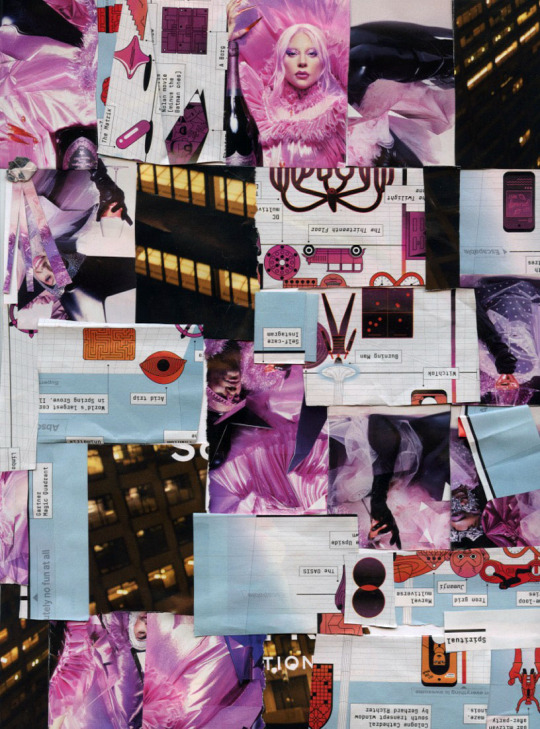
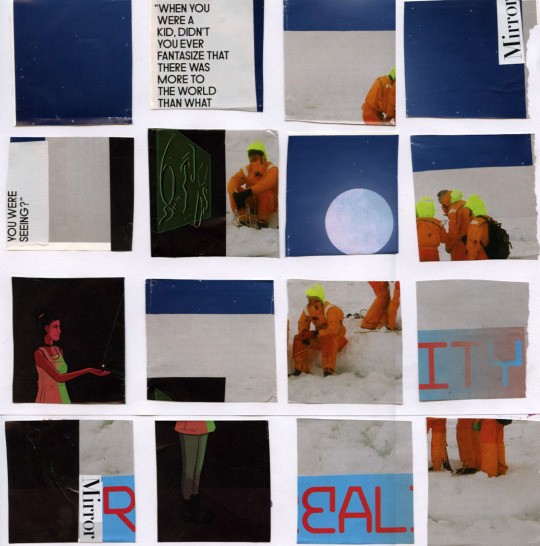
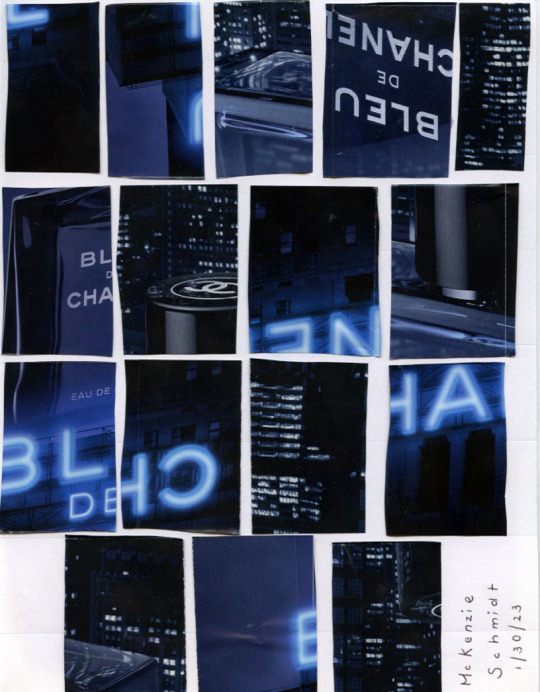
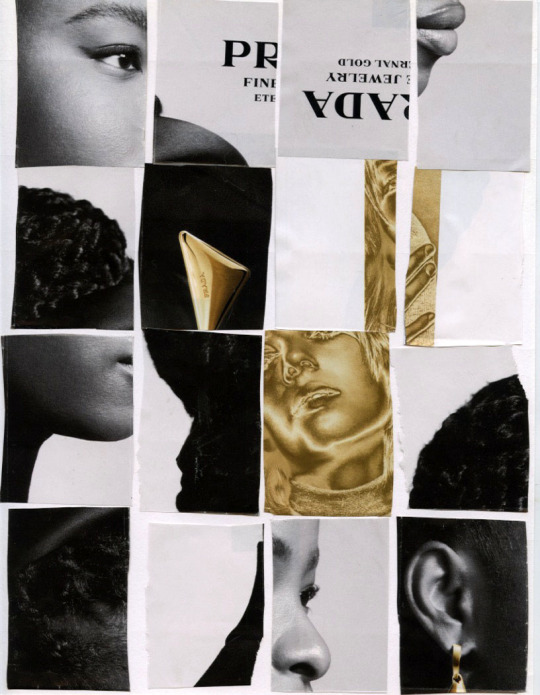
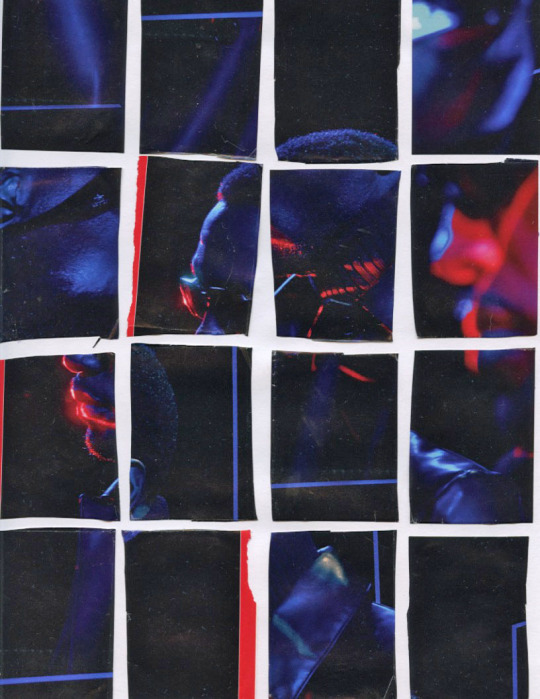

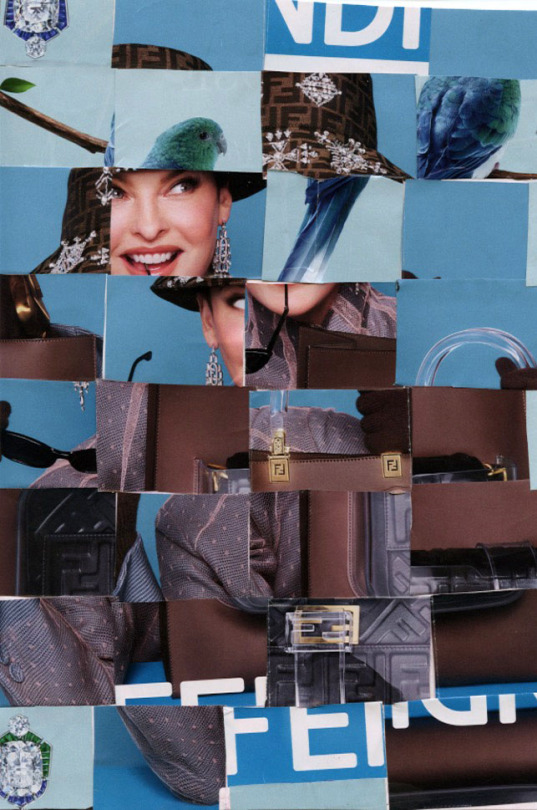

We are now familiar with Wangechi Mutu and Martha Rosler who incorporate pre-existing images and reproductions in their collages.
Collage can question the notions of traditional authorship by isolating, reframing, recycling, regurgitating, and reproducing ideas and images that are not originally our own. The method we used is called Cubomania, a surrealistic style invented by Romanian artist Gherasim Luca.
0 notes
Photo
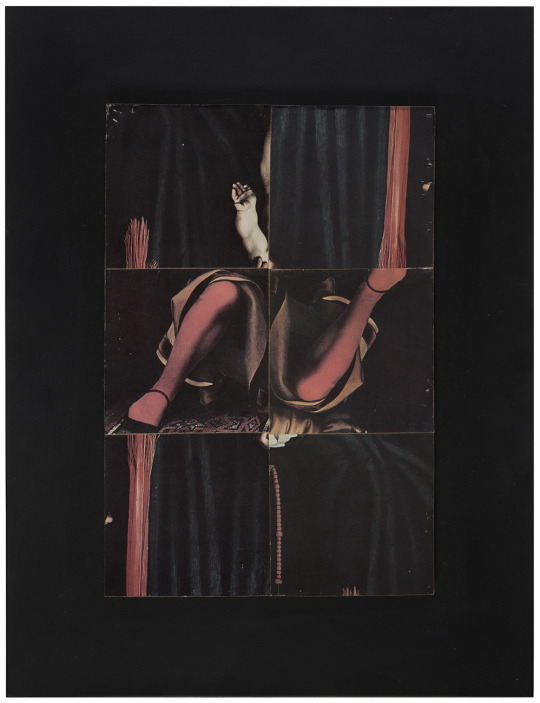
Gherasim Luca (1913–1994) | Cubomania entitled “Madone du Bourgmestre Meyer (d’après Holbein)”, 1983 Collage of photos on board, mounted on a wood panel, 34.5 x 26 cm ©Beaux-Arts, Paris
Originally from Romania, from the early 1930s Gherasim Luca (1913–1994) formed close links within the French art world, notably among the Surrealists; he settled permanently in France in 1953. Described by Gilles Deleuze as the “greatest poet in the French language,” Luca cultivated “hero-limit” work, to use the title of one of his pieces (“héros-limite,” 1953), where the deconstruction of language is based on the rejection of political, identity, and ethical categories, and reliance—twenty-five years before Deleuze and Félix Guattari—on anti-Oedipal notions. His atypical path, with the creative process is inseparable from his personal life, naturally led him to transcribe his poetic experiments into the visual arts. In addition, particularly from 1945, Luca embarked on a series of collages made from various photos of illustrations, and more significantly, reproductions of paintings, cut into squares of equal dimensions. He glued these squares side by side to form new, original, and surprising images, following a process very much inspired by the Surrealists. He called these works “cubomania,” to invoke the square’s foundational role, but possibly also as a way to mock the heirs of Cubism.
Beyond the Surrealists’ influence and that of the scandalous L.H.O.O.Q by Marcel Duchamp (1919, Musée National d’Art Moderne, Paris), Luca’s “cubomanias” of Luca staged a personal dialogue with celebrated works of art history, from Leonardo da Vinci to the Van Eyck brothers, Caravaggio to Ingres. In this work, Gherasim Luca’s point of departure is one of the best-known paintings by Hans Holbein, the Darmstadt Madonna (1527), also known as Madonna of the Lord Mayor Jacob Meyer zum Hasen, now held privately and shown in Schwäbisch Hall, but which at the time was on display in the Schlossmuseum Darmstadt. In this work Luca made particularly masterful use of the reproduction and the cropping techniques that make his cubomanias so original, using the leg of the patron’s son twice with different cut-outs, as well as the Virgin’s red belt three times. Recomposed in this way, right-side up or upside down, these figurative details take on a profoundly abstract character, reinforced by the opposition between black and red, in addition to the new continuities that Luca proposes through the association of elements that are identical in size and color. Additionally, the forms extend into the black of the support, suggesting the unfinished nature of the work, to be continued in the viewer’s imagination. Investigations into Luca’s “cubomanias” has particular resonance with the work of Holbein, who is famous for harnessing the dreamlike power of deformation by placing an anamorphosis in the center of is most famous work, The Ambassadors (1533, National Gallery, London).
52 notes
·
View notes
Photo

Gherasim Luca. Experiment With a Squared Stick Above Two Glasses, 1944.
102 notes
·
View notes
Text

11 notes
·
View notes
Photo
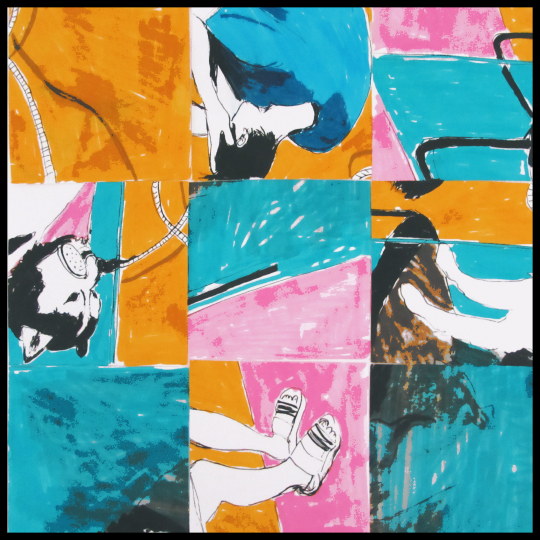


By subverting and cutting the image, Luca believed that you become less precious about the original. (from Sam Piyasena and Beverly Pilp’s book “Just Draw It”)
The exercise reminds me of the “Three of swords” reversed: there comes a time when others misinterpreting your moves no longer concerns you. Deeply rooted in purpose you’ll see how it’s all just noise. Explain nothing. You know your heart’s mission.
collage by J.J.
#artists on tumblr#artist's studio#art and design#drawing exercise#cubomania#just draw it#sam piyasena#beverly philp
0 notes
Photo
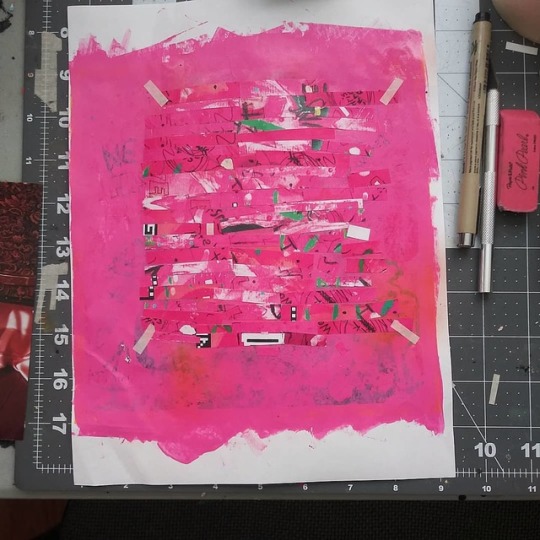
Backgrounds. Cut paper and acrylic. I do most of my work by hand. 🔪🔪✂️ #cuttychopra . . . . . #Cubomania #dadasoulface #backgrounds #color #acrylic paint #cutpaperart #cutpaper (at Aurora, Illinois) https://www.instagram.com/p/B137IPwhapn/?igshid=1gkmz45pdw4wy
0 notes
Photo
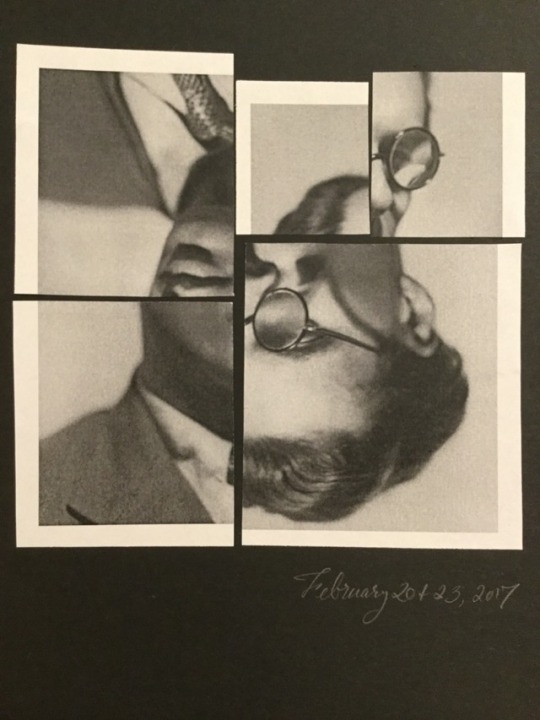
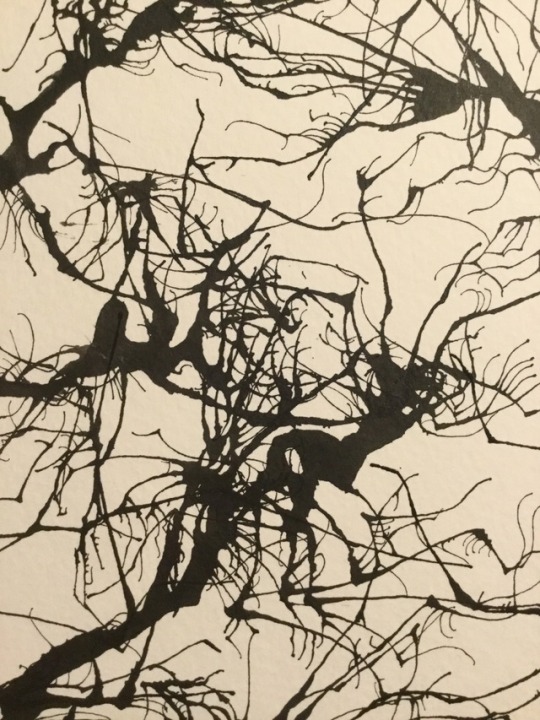
9 notes
·
View notes
Text
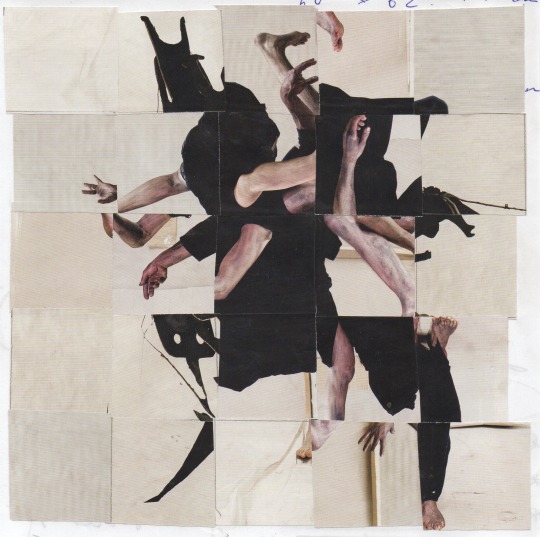
Monstrous
15cm x 15cm cubomania collage
15 notes
·
View notes
Photo
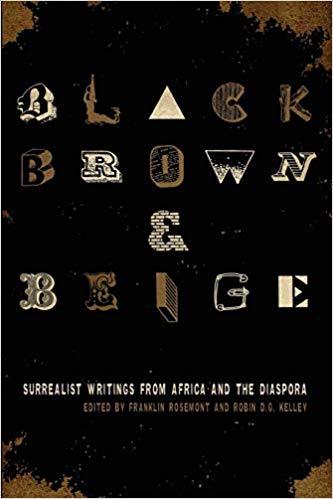
‘Surrealists were—and still are!—interested in philosophy, magic, myth, history, heresy, the exploration of objective chance, sleep and dream, the interplay of dialectics and analogy. In their search for ways to liberate the unconscious, they practice hypnosis and dream interpretation as well as automatic writing and drawing. They have discovered new techniques, from frottage and collage to cubomania and prehensilhouette, and have invented games that result in collective poetry. “Drawing correspondences between our real and imaginative experiences”—in the words of poet and anthropologist Ayana Karanja—helps resolve the contradictions between dreaming and waking, subjective and objective.‘
1 note
·
View note
Photo
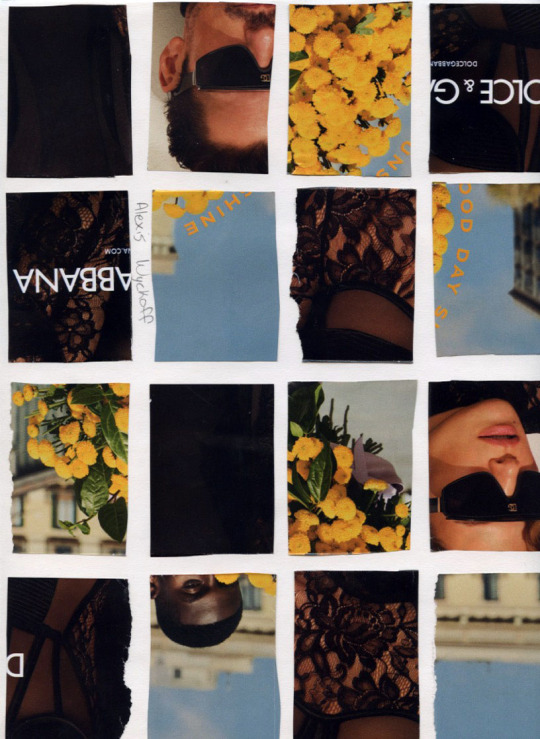

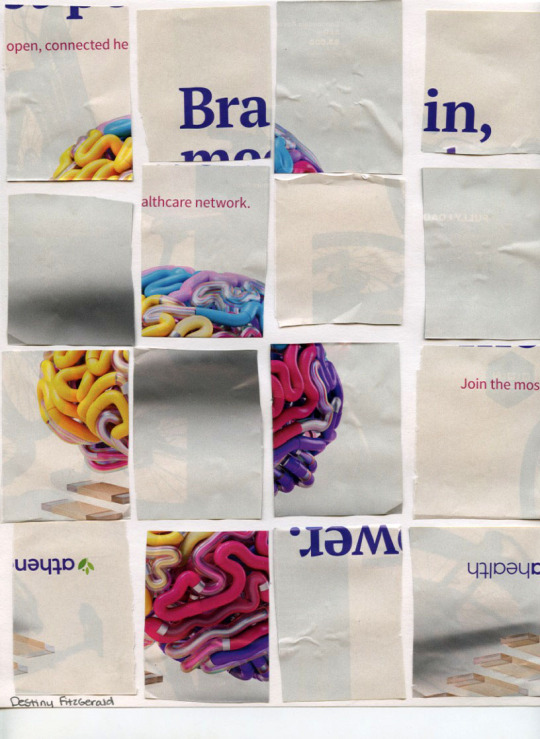


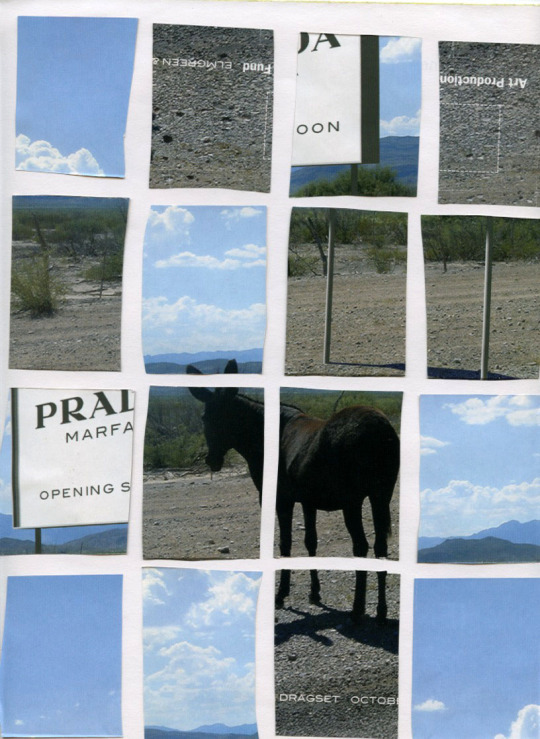
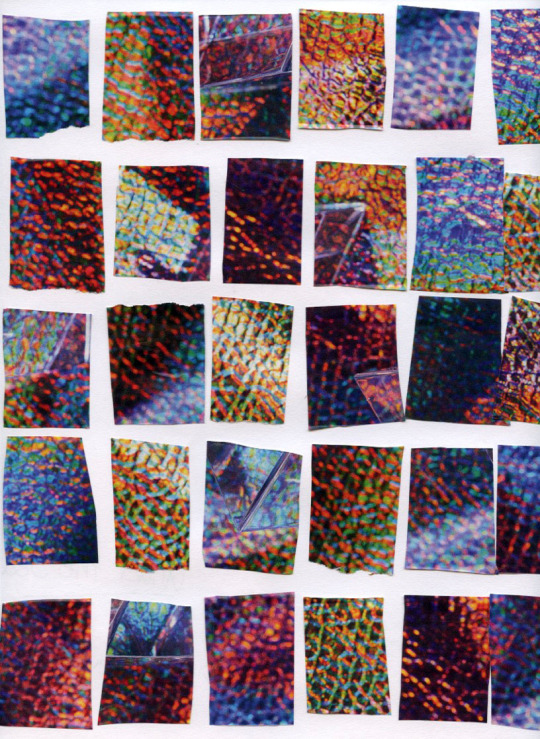
We are now familiar with Wangechi Mutu and Martha Rosler who incorporate pre-existing images and reproductions in their collages.
Collage can question the notions of traditional authorship by isolating, reframing, recycling, regurgitating, and reproducing ideas and images that are not originally our own. The method we used is called Cubomania, a surrealistic style invented by Romanian artist Gherasim Luca.
0 notes
Photo

Ghérasim Luca, Théodore Brauner | Le vampire passif, 1945 - Centre Pompidou
Ghérasim Luca's Le Vampire Passif has for many years been surrounded by an aura of mystery, like a ‘forgotten' or lost grimoire of surrealist writing; a book that, like its author, has had something of a ‘phantom existence'. First published in Bucharest in 1945, by the appropriately named Éditions de l'Oubli (‘Forgotten Books') - written in French, and not his native Romanian - in an edition of only 460 copies, the book was not republished until 2001, by José Corti. It was not only its inaccessibility that created the book's legendary status, and not only amongst that minority readership interested in surrealism, but the personality of its author.
The Passive Vampire caught the attention of the French Surrealists when an excerpt appeared in 1947 in the magazine La part du sable. Luca, whose work was admired by Gilles Deleuze, attempts here to transmit the "shudder" evoked by some Surrealist texts, such as André Breton's Nadja and Mad Love, probing with acerbic humor the fragile boundary between "objective chance" and delirium.
The Passive Vampire itself is an object that is incredibly difficult to describe, as elusive as its subject matter, being a concoction of theoretical enquiry and deeply personal observation, mixing poetic prose and psychoanalytic investigation. On the surface, it deals with the creation and exchange of (highly personal) surrealist objects, illustrated throughout with enigmatic photographs, presented as pictorial evidence in such a way as to place the book in a lineage stemming from André Breton's Nadja. In places it possesses a distinct lyrical quality, most likely inspired by Lautréamont, but rather than taking a delirious plunge into the imagination's depths through any purple prose, Luca writes with a disarming honesty and directness in describing and interpreting events.
----------
Born in Bucharest the son of a Jewish tailor, he spoke Yiddish, Romanian, German, and French. During 1938, he traveled frequently to Paris where he was introduced to the Surrealist circles. World War II and the official antisemitism in Romania forced him into local exile. During the short pre-Communist period of Romanian independence, he founded a Surrealist artists group, together with Gellu Naum, Paul Păun, Virgil Teodorescu and Dolfi Trost.
His first publications, including poems in French followed. He was the inventor of cubomania and, with Dolfi Trost, the author of the statement "Dialetic of Dialectic" in 1945. Harassed in Romania and caught while trying to flee the country, the self-called étran-juif ("StranJew") finally left Romania in 1952, and moved to Paris through Israel.
There he worked among others with Jean Arp, Paul Celan, François Di Dio and Max Ernst, producing numerous collages, drawings, objects, and text-installations. From 1967, his reading sessions took him to places like Stockholm, Oslo, Geneva, New York City, and San Francisco. The 1988 TV-portrait by Raoul Sanglas, Comment s'en sortir sans sortir, made him famous for a larger readership.
In 1994, he was expelled from his apartment officially for "hygiene reasons." Luca had spent forty years in France without papers and could not cope. On February 9, at the age of 80, he committed suicide by jumping into the Seine.
------------
Luca developed a stuttering kind of poetry that he called "ontophonie" - the one so inspired by Gilles Deleuze — that he called “ontophonie”; as according to Luca, "[i]n... language that serves to designate objects, the word has only one or two meanings and it keeps sonority imprisoned. But let one break the form in which it has become bogged down and new relationships appear... Liberate the breath and every word becomes a signal."
Quotations: "Only a hallucinated cup or a watermelon would be deluded enough to think that there are common traits between myself and humans, since what humans call love is the encounter of two imbecile hearts."
30 notes
·
View notes
